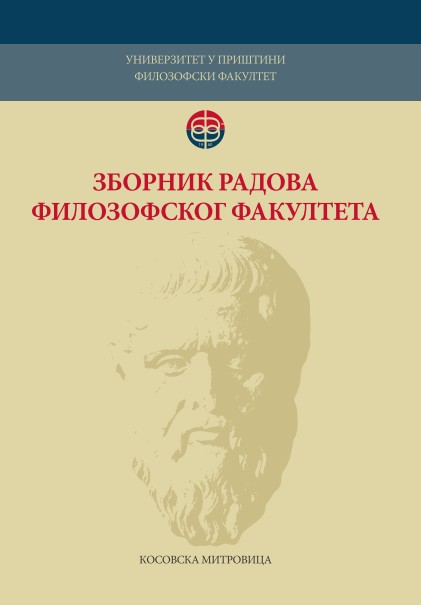Прилике у централним областима Старе Србије крајем XVIII и почетком XIX века
Circumstances in the Central Areas of Old Serbia in the Late 18th and Early 19th Centuries
Author(s): Slaviša Nedeljković, Aleksa PopovićSubject(s): History, Ethnohistory, Local History / Microhistory, 18th Century
Published by: Филозофски факултет, Универзитет у Приштини
Keywords: Albanians; Oppression; The Ottoman Empire; Wars; The Serbian People; Old Serbia; The System of the Chiflik-Sahibs
Summary/Abstract: Throughout the 18th century, anarchy raged through the Ottoman Empire, the consequences of which directly affected Christian subjects, who felt growing property and legal insecurity. The Turkish central government almost did not exist. Although Porta repeatedly tried to curb anarchy and separatist movements with a series of firmans and berets, little was achieved in that regard. In the years after the Great Migration, the settlement of Arbanasi tribes from the mountainous areas of northern Albania began. Supported by the Ottoman authorities, in the following decades, the Arbanassis turned the central area of Old Serbia into a scene of feudal and tribal anarchy and bloody reckoning with the Serbian Orthodox population. Burdened with numerous taxes and levies, as well as reading, which was often imposed by force by Muslim masters, the Serbian population was increasingly materially declining. The difficult situation was further aggravated by numerous Kachak gangs, bashibozluk and janissaries, who systematically plundered the serbian christian population. The unbearability of such a difficult position will give rise in the first years of the 19th century to the desire for liberation from the centuries-old Turkish rule, which will be manifested in the outbreak of the First Serbian Uprising in 1804 in the Belgrade pashaluq.
Journal: Зборник радова Филозофског факултета у Приштини
- Issue Year: 51/2021
- Issue No: 4
- Page Range: 219-233
- Page Count: 15
- Language: Serbian

